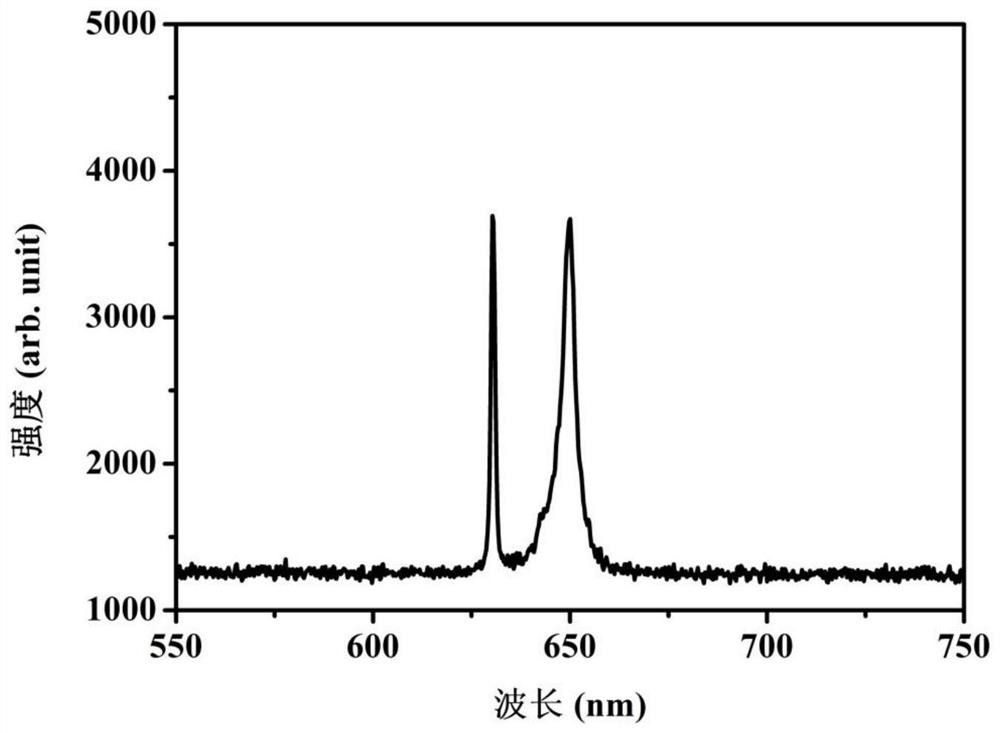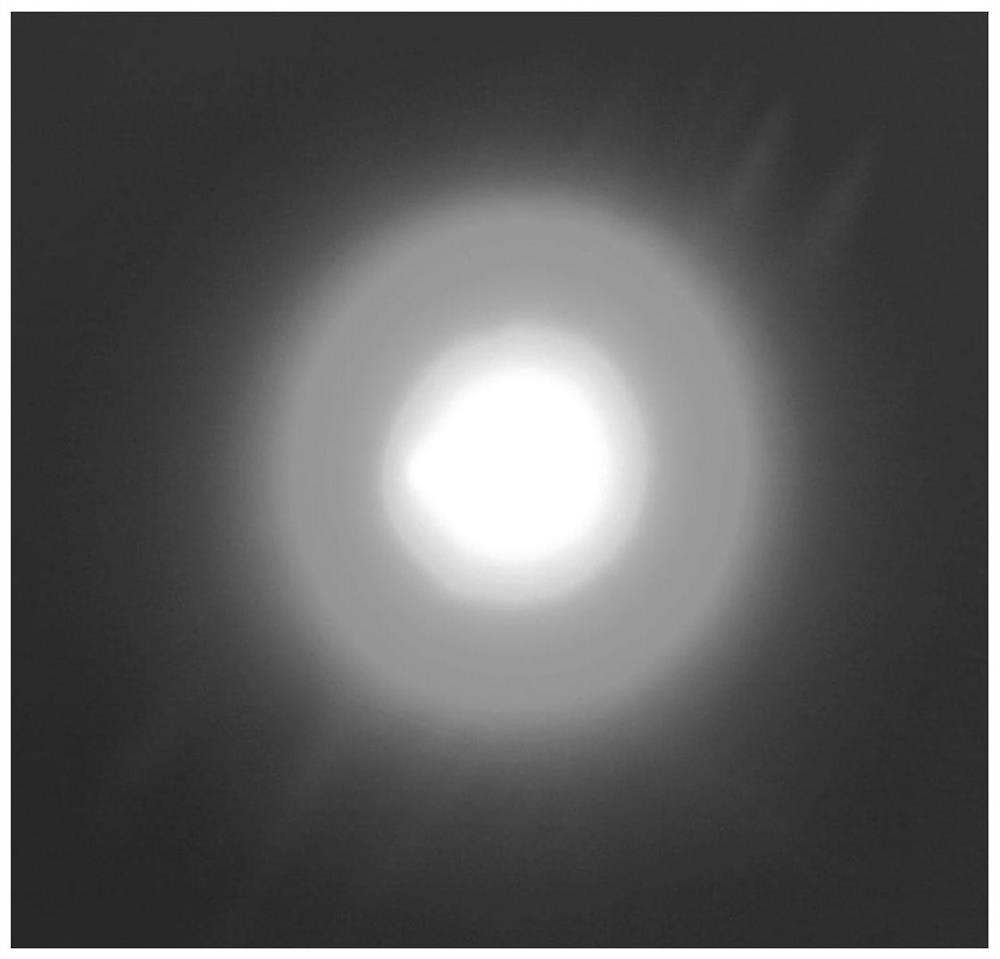A Dual-Wavelength Laser Based on Stimulated Raman Scattering of Ethanol Water Solution
A technology of stimulated Raman scattering and dual-wavelength lasers, which is applied to lasers, laser components, and lasers using scattering effects, etc. It can solve problems such as limited application range, large laser wavelength interval, and limited optical frequency conversion crystal damage threshold.
- Summary
- Abstract
- Description
- Claims
- Application Information
AI Technical Summary
Problems solved by technology
Method used
Image
Examples
Embodiment 1
[0065] A dual-wavelength laser based on stimulated Raman scattering of an aqueous ethanol solution, comprising a pump source 1, an aperture 2, a nonlinear crystal 3, a second color filter 4, a beam reduction system 5, and a first window arranged in sequence along the optical path The sheet 6, the Raman box 7, the second window 8, the first color filter 9, the first window 6, the Raman box 7, and the second window 8 are sealed and connected in sequence, and the Raman box 7 contains ethanol Aqueous solution. Such as figure 1 Shown.
[0066] The pump source 1 is a PY61 Nd:YAG mode-locked laser produced by Continuum, which outputs a laser with a wavelength of 1064nm, a pulse width of 40ps, and a repetition rate of 10Hz.
[0067] The diaphragm 2 is a baffle plate with a circular light hole with a diameter of 6 mm.
[0068] The nonlinear crystal 3 is a KTP frequency-doubled crystal with a wavelength of 532nm after frequency-doubling.
[0069] The second color filter 4 is plated with a die...
Embodiment 2
[0092] According to the two-wavelength laser based on stimulated Raman scattering of ethanol aqueous solution according to the first embodiment, the difference is that the beam reduction system 5 is removed and the lens 10 is replaced.
[0093] The lens 10 is a double-convex lens or a plano-convex lens to increase the power density of the pump light incident on the Raman medium.
[0094] The structural schematic diagram of the dual-wavelength laser described in embodiment 2 is as follows: Figure 7 Shown.
Embodiment 3
[0096] According to embodiment 1 of the dual-wavelength laser based on stimulated Raman scattering of ethanol aqueous solution, the difference is that the input mirror 11 is placed between the beam reduction system 5 and the first window 6, and the output is placed behind the second window 8. The mirror 12 forms the resonant cavity of the Raman laser.
[0097] The input mirror 11 is plated with a dielectric film that is highly transparent to 532nm laser and highly reflective to 600-700nm laser.
[0098] The output mirror 12 is plated with a dielectric film that is highly reflective to the 532nm laser and partially transparent to the 600-700nm laser.
[0099] In this embodiment, the output mirror 12 can achieve double-pass pumping for the 532nm laser with high reflection, which improves the output energy and conversion efficiency of the dual-wavelength laser.
[0100] The structure diagram of the dual-wavelength laser described in embodiment 3 is as follows: Figure 8 Shown.
PUM
| Property | Measurement | Unit |
|---|---|---|
| length | aaaaa | aaaaa |
| length | aaaaa | aaaaa |
Abstract
Description
Claims
Application Information
 Login to View More
Login to View More - R&D
- Intellectual Property
- Life Sciences
- Materials
- Tech Scout
- Unparalleled Data Quality
- Higher Quality Content
- 60% Fewer Hallucinations
Browse by: Latest US Patents, China's latest patents, Technical Efficacy Thesaurus, Application Domain, Technology Topic, Popular Technical Reports.
© 2025 PatSnap. All rights reserved.Legal|Privacy policy|Modern Slavery Act Transparency Statement|Sitemap|About US| Contact US: help@patsnap.com



